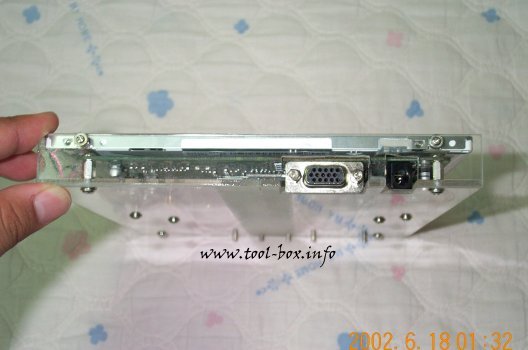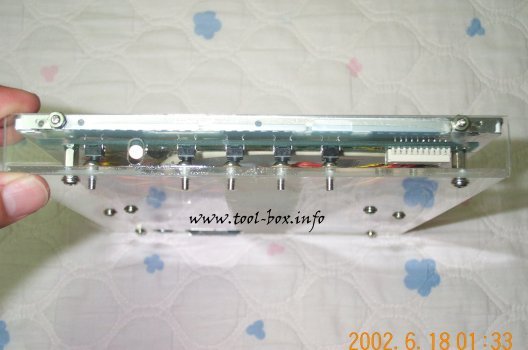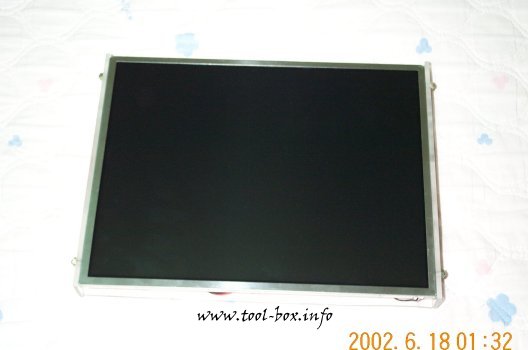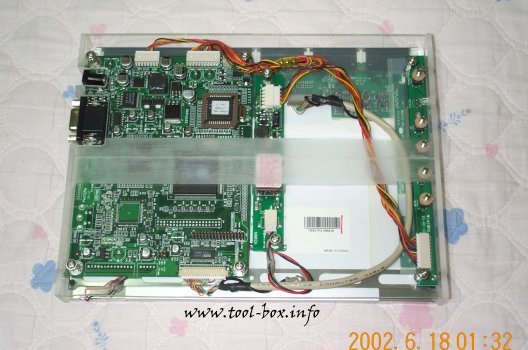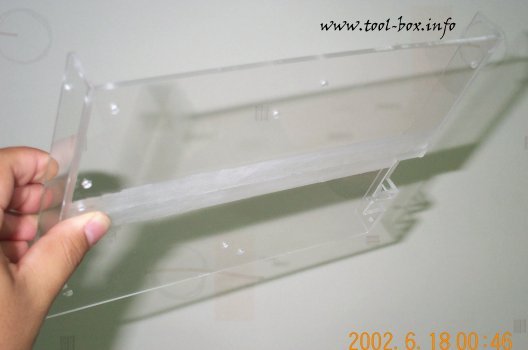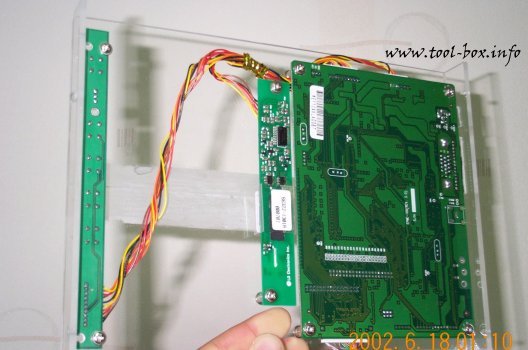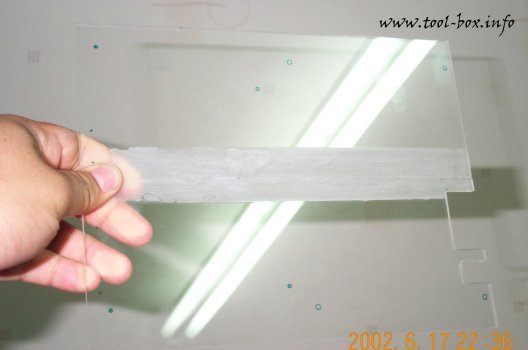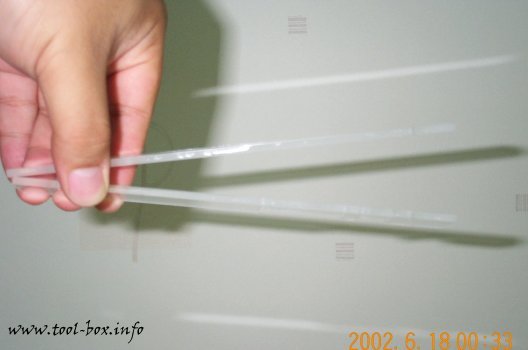New Content... Finally
Posted by Wesley on
It's been quite some time since I've added an article to this site. Now that the FIFA World Cup 2002 Korea/Japan is coming to an end this week and that the semester is over, I've got some time to do some projects and write stuff again. Also, I'd hate to see the new server move going to waste.  The new article was done by a popular demand - how to create an LCD monitor by yourself. It's not just the computer box that gets to be customized - now the monitor can, too.
The new article was done by a popular demand - how to create an LCD monitor by yourself. It's not just the computer box that gets to be customized - now the monitor can, too.
